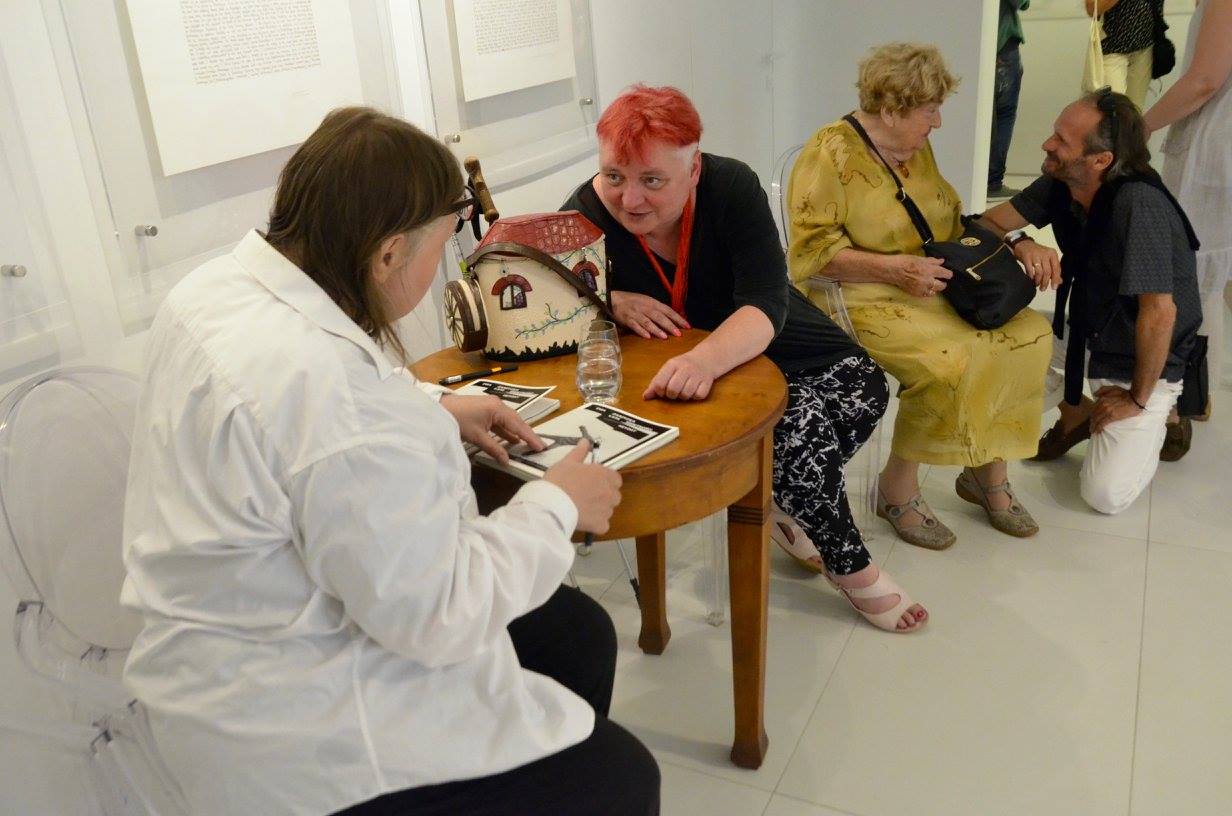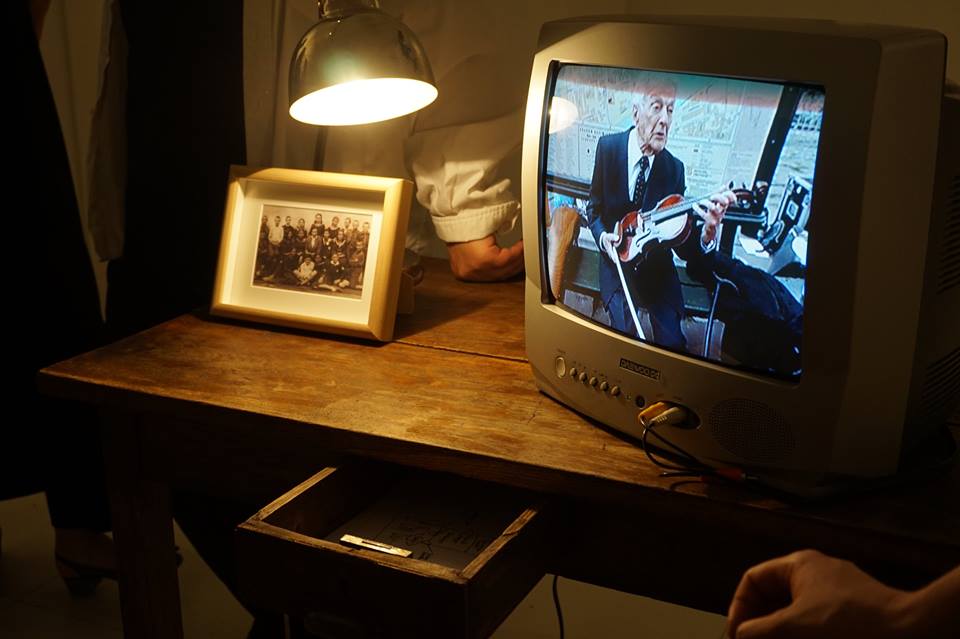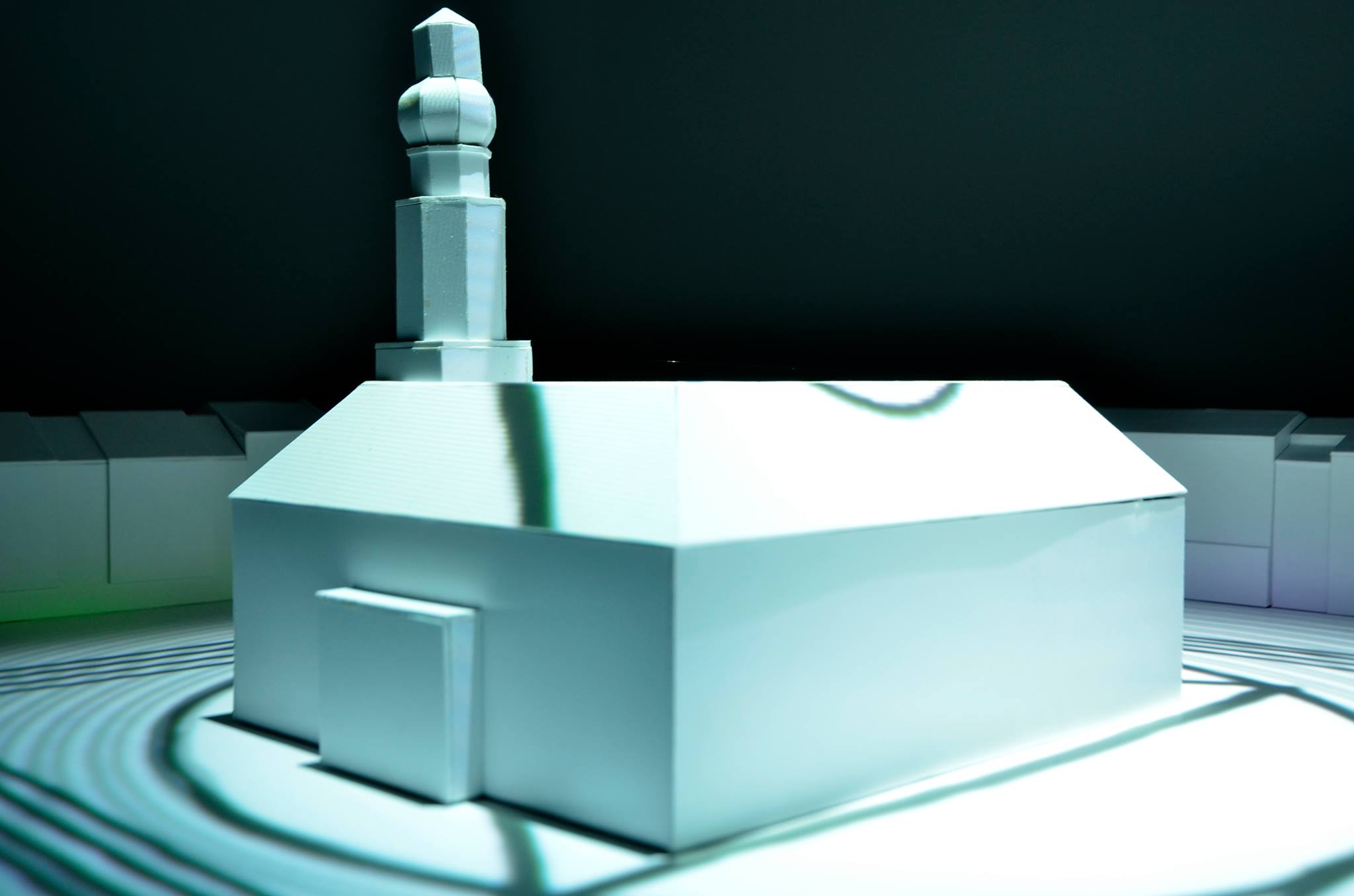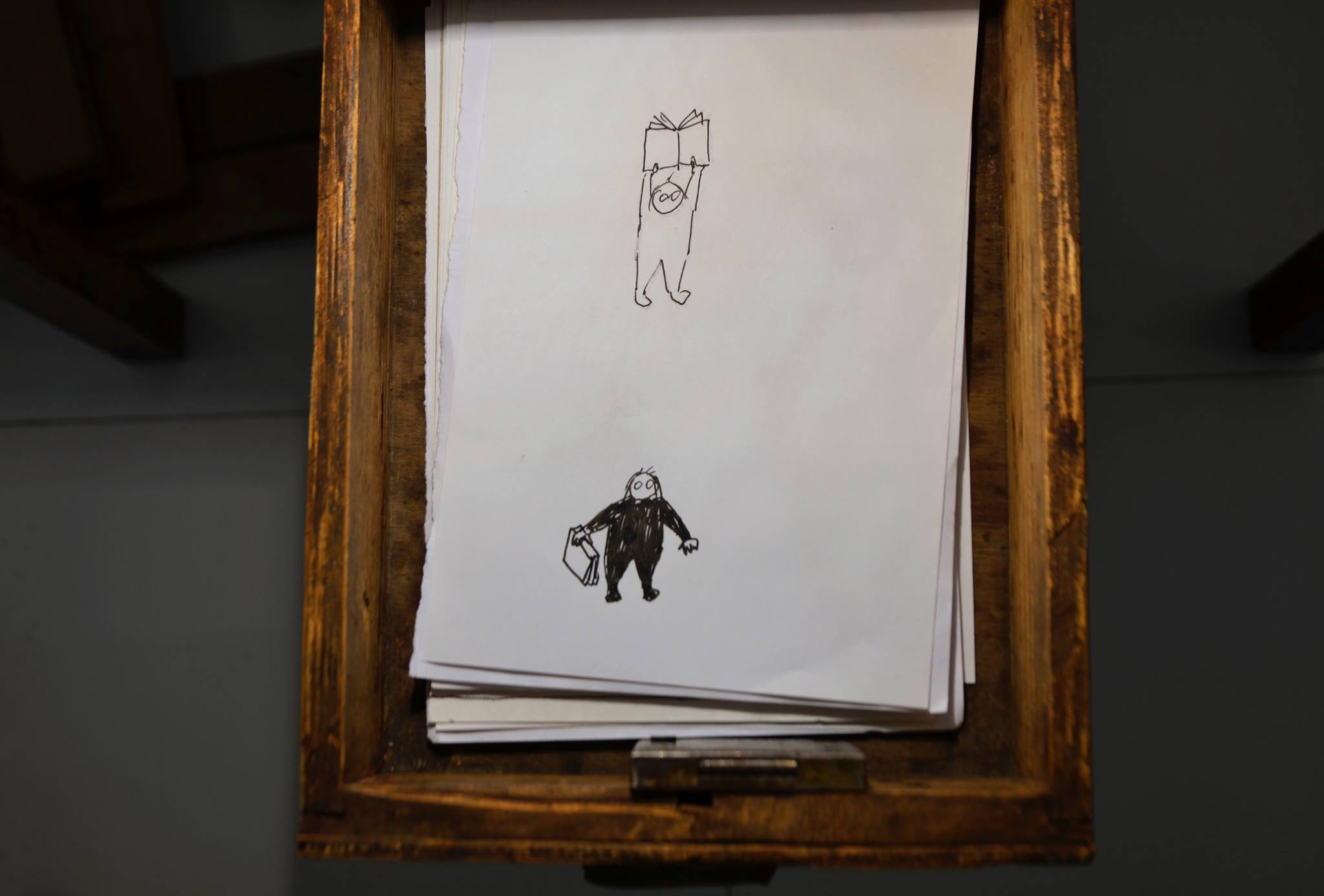Ewa Zarzycka’s predominant art material is text: spoken and written, recorded in the form of a drawing and in the form of a diagram. Her principal and at once the most mysterious artwork are her notebooks, kept on the margins of her official oeuvre. They are a work-in-process, developed daily. The notebooks are the source of all her other artistic activities: performances, films, sound recordings, drawing, objects and installations. Zarzycka’s art was shaped by the Polish avant-garde milieus, primarily in Lublin and in Wroclaw. It stems from the Polish variety of conceptual and media art as well as from the dissident, Eastern European tradition of performance art. A pivotal role in the tradition is played by an examination of the language of art combined with a social significance demanded of artistic practice. Hence, her ‘dry’ theory on the nature of art and on being a woman artist is complemented with real-life stories, fictional or overheard. The text and its meaning, the narrative process and the content of narration are equally important to Zarzycka. The key to interpretation is her art, which provides a deeper insight into these questions. The element of speaking accelerates the process of waking awareness. The internal work is performed in the artist herself and in the people she meets and talks to, being completely open to anything that these encounters and their surrounding stories might introduce.
Show more
Drohobych, a town in the contemporary Ukraine, renowned mostly as Bruno Schulz’s place of residence, is to Zarzycka more than a point in the itinerary of her artistic peregrinations (her preferred way of being and art making). Cryptically speaking, Drohobych is Zarzycka’s ‘everywhere and nowhere’, a place suspended beyond space and time. In Drohobych, absences are as important as presences. Here, fiction stems from reality and is organically connate to it, making Drohobych an ideal site for spinning stories from books that do not exist and probably never will – as Bruno Schulz once did. The space-time of Drohobych is suffused with “the cunning of Infinity”. Its fullest expression is found in the market square with its slightly rolled-down corner. Through the corner Drohobych is connected to the Cosmos.
Event is part of the 26th Jewish Culture Festival in Cracow.
Author: Magdalena Ujma
Curators: Marta Błachut, Lucyna Shefter
Show less
































